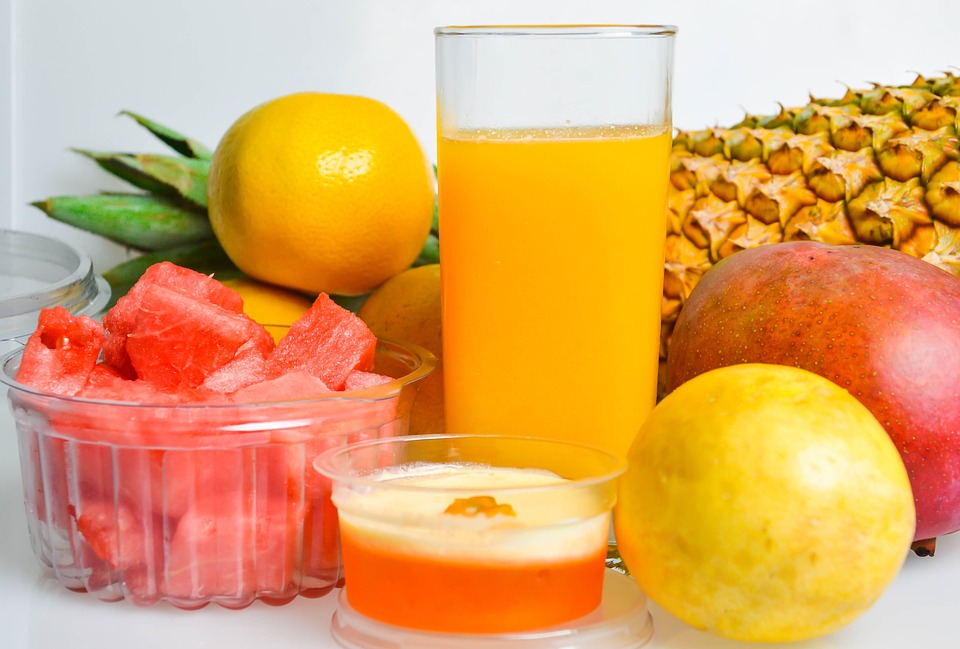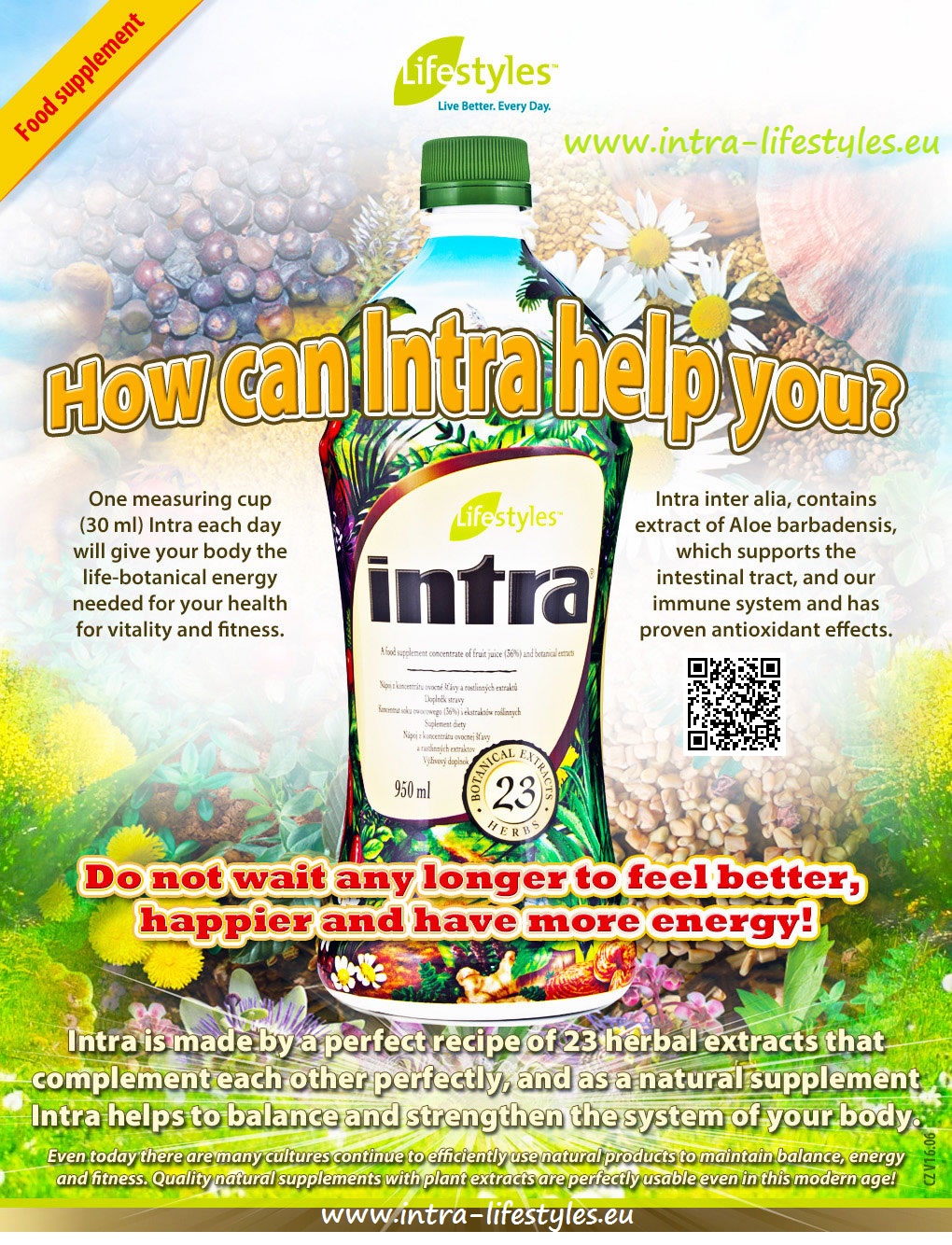Warning signs for eye health
 Early treatment for eye health problems can prevent them from getting worse. So people who notice changes in their vision should schedule a comprehensive eye exam with an optometrist or ophthalmologist.
Early treatment for eye health problems can prevent them from getting worse. So people who notice changes in their vision should schedule a comprehensive eye exam with an optometrist or ophthalmologist.

Possible symptoms that a person may be experiencing vision trouble include:
- frequent changes in visual clarity
- seeing distorted images
- seeing floaters or flashes in the field of vision
- reduced peripheral vision
Eating a varied diet that includes lots of fruits, vegetables, and lean proteins is enough to ensure most people get the right nutrients for eye health. People who cannot get these nutrients from their diet should ask an eye doctor about eye health supplements. People with vision problems or those with very restrictive diets should talk to an eye health provider about the right foods to eat.
Organizations such as the American Optometric Association (AOA) and the American Academy of Ophthalmology (AAO) continue to recommend nutrients for eye health based on the AREDS reports.
The AREDS reports support the following nutrient-rich foods: Fish, Nuts and legumes, Seeds, Citrus fruits, leafy green vegetables, Carrots, Sweet Potatoes, Beef, Zinc, and Eggs. Water is very important to our bodies too.

1. Fish
Many fish are rich sources of omega-3 fatty acids. Oily fish are fish that have oil in their gut and body tissue, so eating them offers higher levels of omega-3-rich fish oil. The fish that contains the most beneficial levels of omega-3s include:
- tuna
- salmon
- trout
- mackerel
- sardines
- anchovies
- herring
Some studies have found that fish oil can reverse dry eye, including dry eye caused by spending too much time on a computer.
2. Nuts and legumes

Nuts are also rich in omega-3 fatty acids. Nuts also contain a high level of vitamin E, which can protect the eye from age-related damage. Nuts are available for purchase in most grocery stores and online. Nuts and legumes that are good for eye health include:
3. Seeds

Like nuts and legumes, seeds are high in omega-3s and are a rich source of vitamin E. Seeds are available for purchase in most grocery stores and online. Seeds high in omega-3 include:
4. Citrus fruits

Citrus fruits are rich in vitamin C. Just like vitamin E, vitamin C is an antioxidant that is recommended by the AOA to fight age-related eye damage.
Vitamin C-rich citrus fruits include:
- lemons
- oranges
- grapefruits
5. Leafy green vegetables

Leafy green vegetables are rich in both lutein and zeaxanthin and are also a good source of eye-friendly vitamin C. Well-known leafy greens include:
6. Carrots

Carrots are rich in both Vitamin A and beta carotene. Beta carotene gives carrots their orange color. Vitamin A plays an essential role in vision. It is a component of a protein called rhodopsin, which helps the retina to absorb light.
Research on beta carotene’s role in vision is mixed, though the body needs this nutrient to make vitamin A.
7. Sweet potatoes
Like carrots, sweet potatoes are rich in beta carotene. They are also a good source of the antioxidant vitamin E.
8. Zinc
 Beef is rich in zinc, which has been linked to better long-term eye health. Zinc can help delay age-related sight loss and macular degeneration. The eye itself contains high levels of zinc, particularly in the retina, and the vascular tissue surrounding the retina. Meats such as chicken breast and pork loin also contain zinc, but at lower levels than beef.
Beef is rich in zinc, which has been linked to better long-term eye health. Zinc can help delay age-related sight loss and macular degeneration. The eye itself contains high levels of zinc, particularly in the retina, and the vascular tissue surrounding the retina. Meats such as chicken breast and pork loin also contain zinc, but at lower levels than beef.
9. Eggs
Eggs are an excellent source of lutein and zeaxanthin, which can reduce the risk of age-related sight loss. Eggs are also good sources of vitamins C and E, and zinc.
10. Water

It may come as no surprise that a fluid essential to life is also vital to eye health. Drinking plenty of water can prevent dehydration, which may reduce the symptoms of dry eyes.
Recommended daily intake
The current daily recommendations for healthy eye nutrients, as suggested by the AAO to slow the progression of eye disease, are:
- 500 milligrams (mg) of vitamin C
- 400 international units of vitamin E
- 10 mg lutein
- 2 mg zeaxanthin
- 80 mg of zinc oxide
- 2 mg of copper oxide

Other eye health tips
According to the AAO, the following strategies can help to ensure healthy eyes:
- wearing sunglasses outside, since excessive sun exposure can cause cataracts. A range of sunglasses is available for purchase online.
- stopping smoking
- getting regular eye exams, particularly if there is a family history of eye disease
- wearing eye protection when working with possible eye irritants or dangerous chemicals
- washing hands before applying contacts
- wearing contacts only for the period recommended by the doctor or manufacturer
- protecting eyes from computer-related eye strain by looking away every 20 minutes at something 20 feet away, for 20 seconds
Diabetes is a leading cause of blindness. People with diabetes should carefully monitor blood sugar levels, take medications exactly as prescribed by their doctor, and manage carbohydrate intake while focusing on eating low-moderate glycemic index (GI) foods.
Early treatment for eye health problems can prevent them from getting worse. So people who notice changes in their vision should schedule a comprehensive eye exam with an optometrist or ophthalmologist.
Summary
Eating a varied diet that includes lots of fruits, vegetables, and lean proteins is enough to ensure most people get the right nutrients for eye health.
People who cannot get these nutrients from their diet should ask an eye doctor about eye health supplements.
People with vision problems or those with very restrictive diets should talk to an eye health provider about the right foods to eat.
Source: Medicalnewstoday.com https://www.medicalnewstoday.com/articles/321226.php#takeaway, google.com, pixbay.com, pexels.com, publicdomainpictures.net









 6. Strawberries/fresh strawberries juice
6. Strawberries/fresh strawberries juice The carrot is a popular root vegetable. It is extremely tasty and crunchy and loaded with nutrients like fiber and vitamin K. Carrots are also very high in carotene antioxidants, which have numerous benefits.
The carrot is a popular root vegetable. It is extremely tasty and crunchy and loaded with nutrients like fiber and vitamin K. Carrots are also very high in carotene antioxidants, which have numerous benefits.




 Early treatment for eye health problems can prevent them from getting worse.
Early treatment for eye health problems can prevent them from getting worse. 









